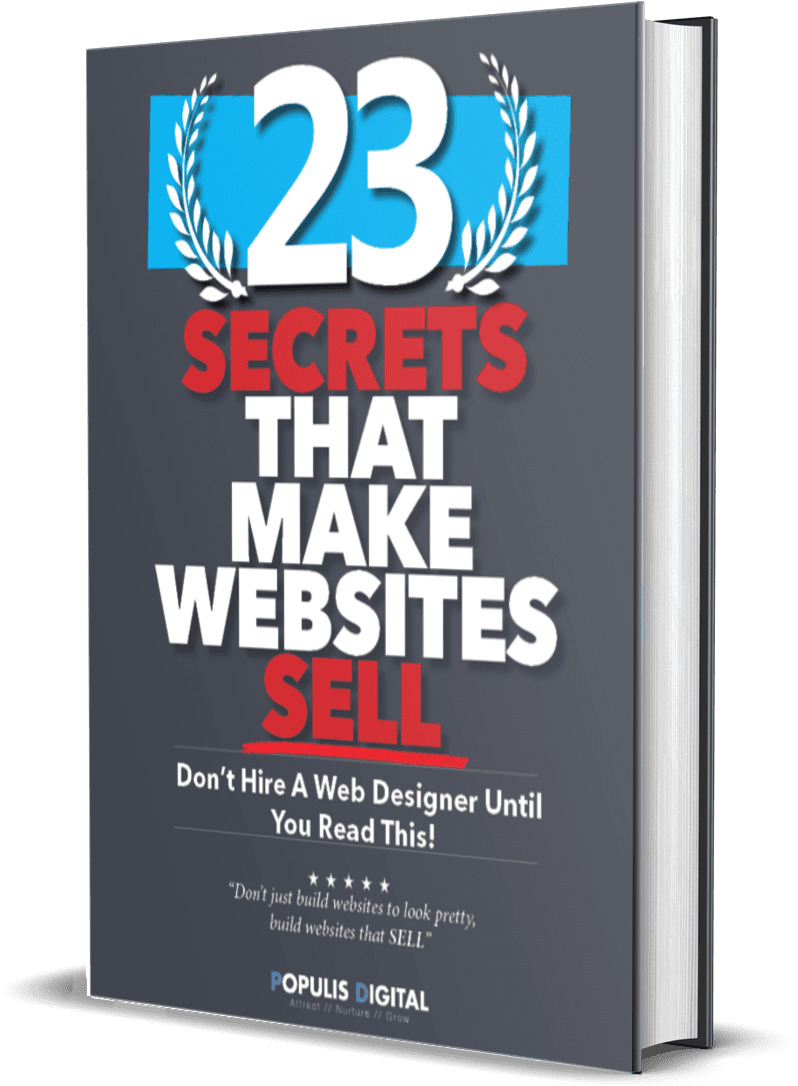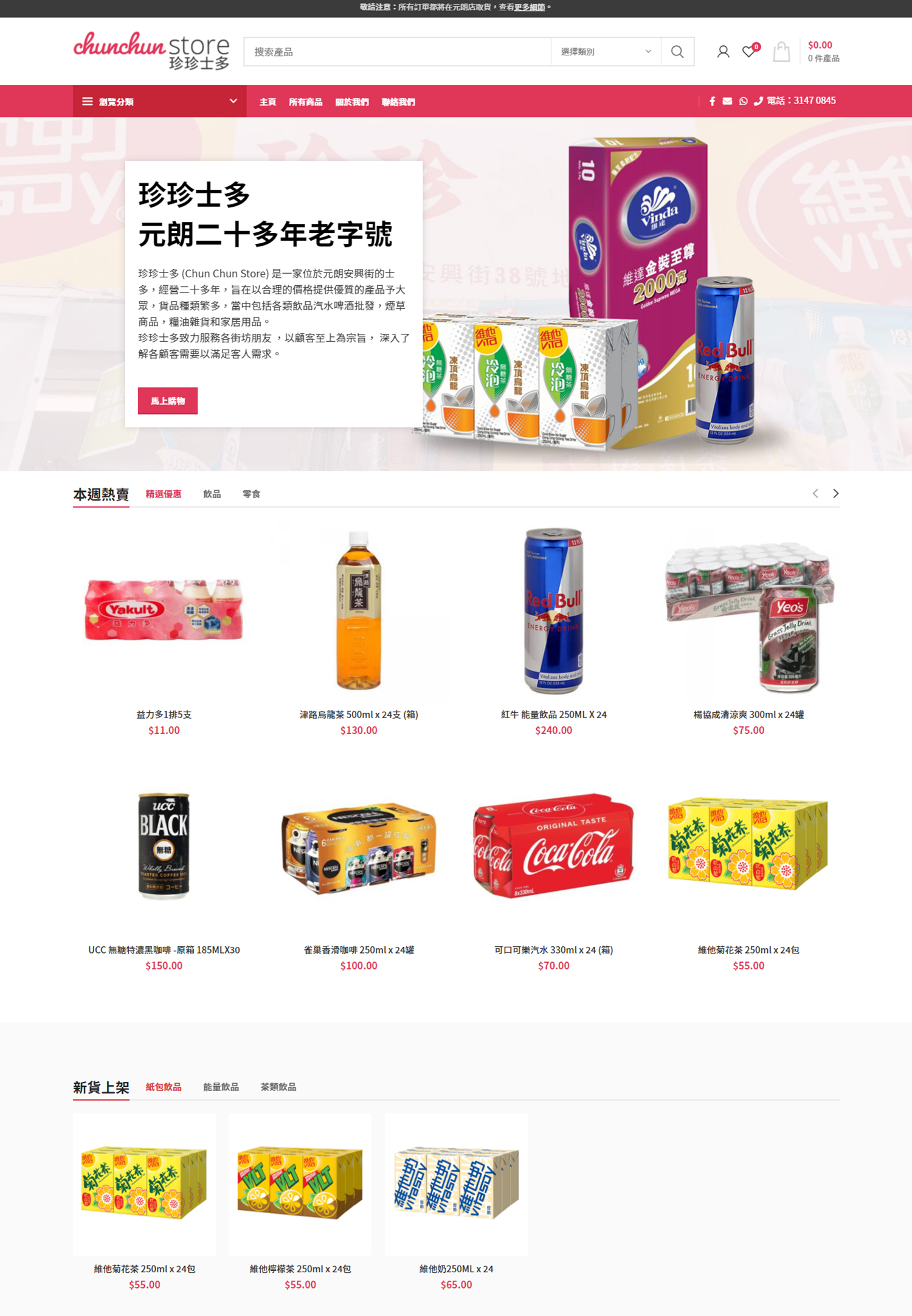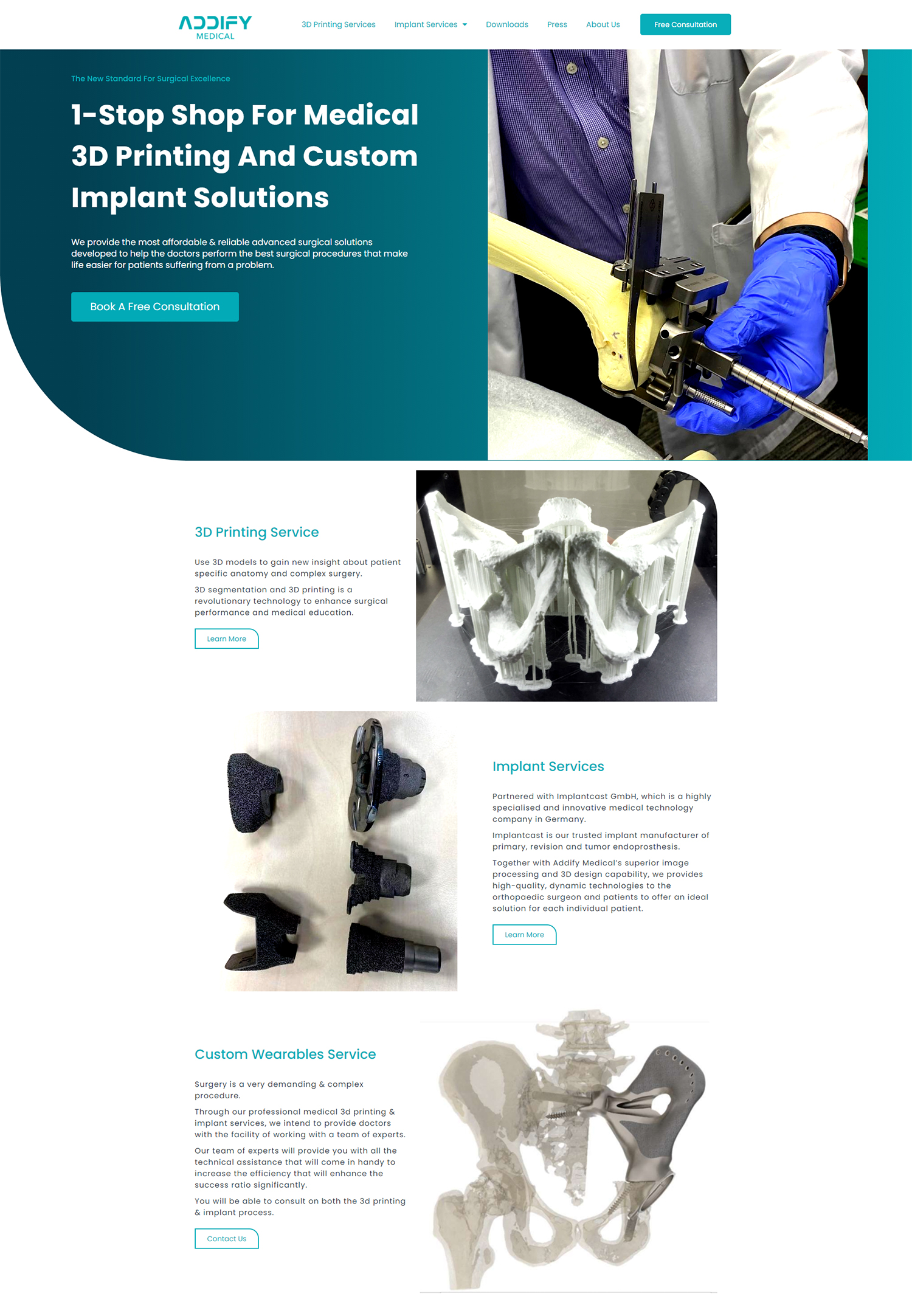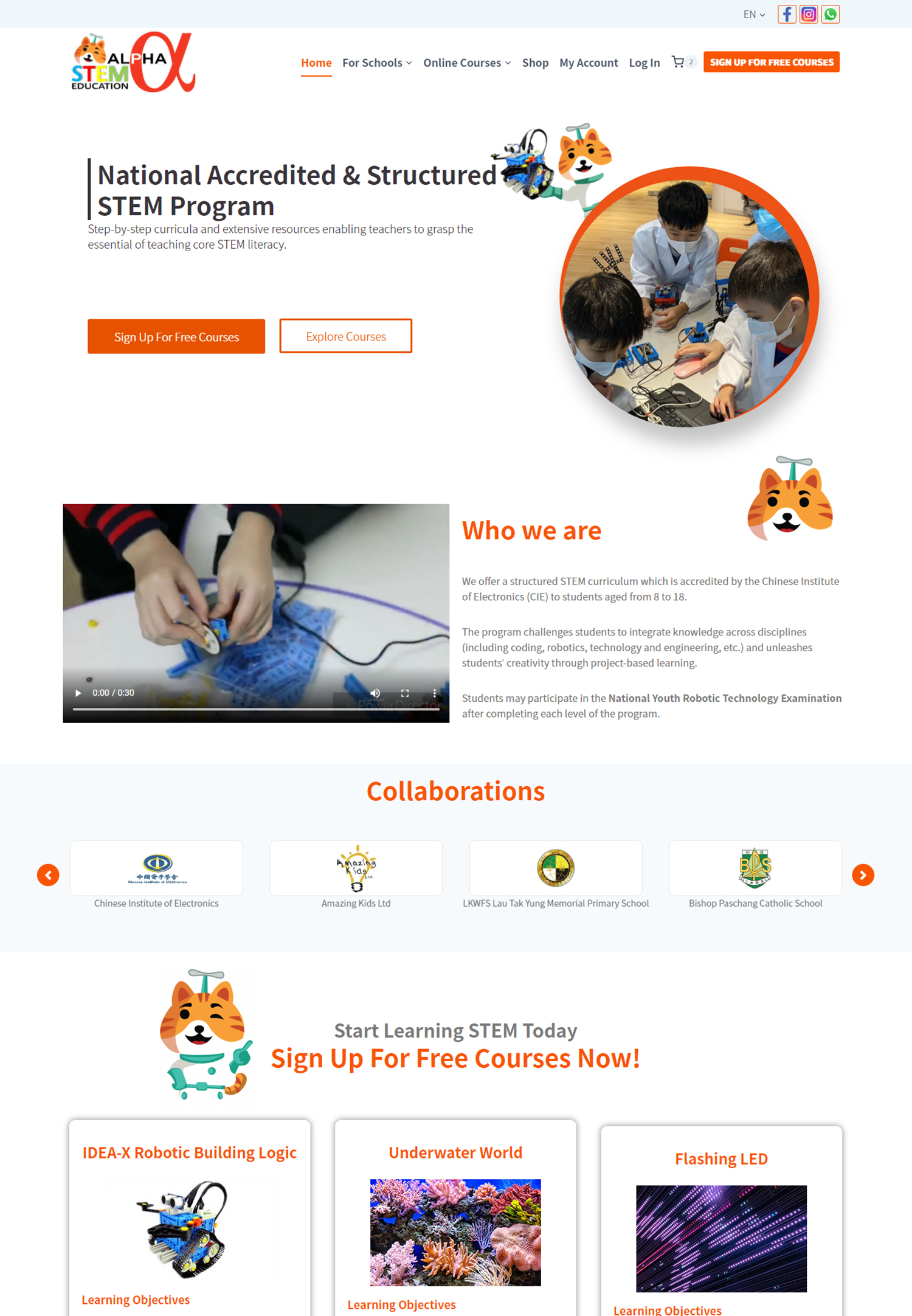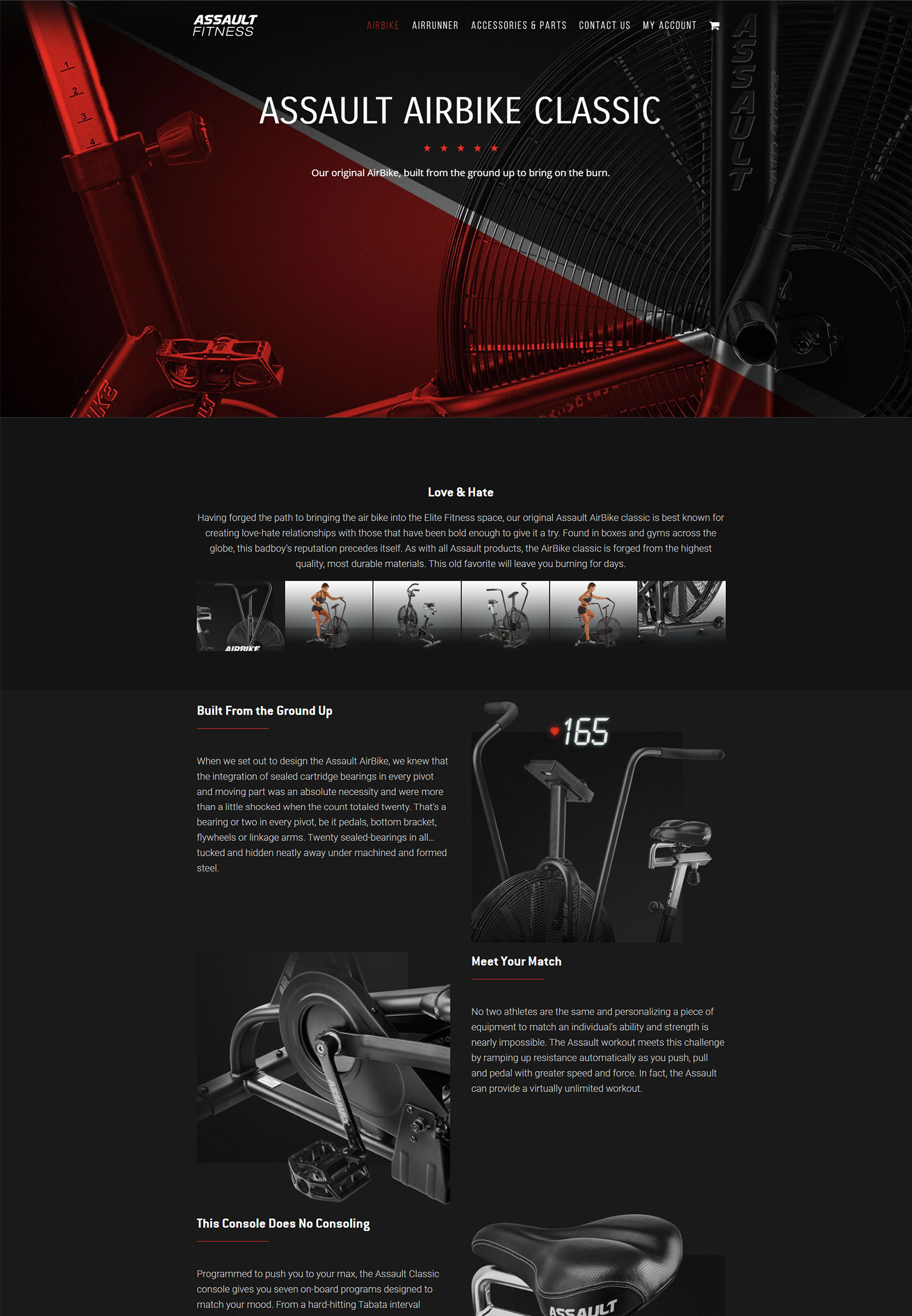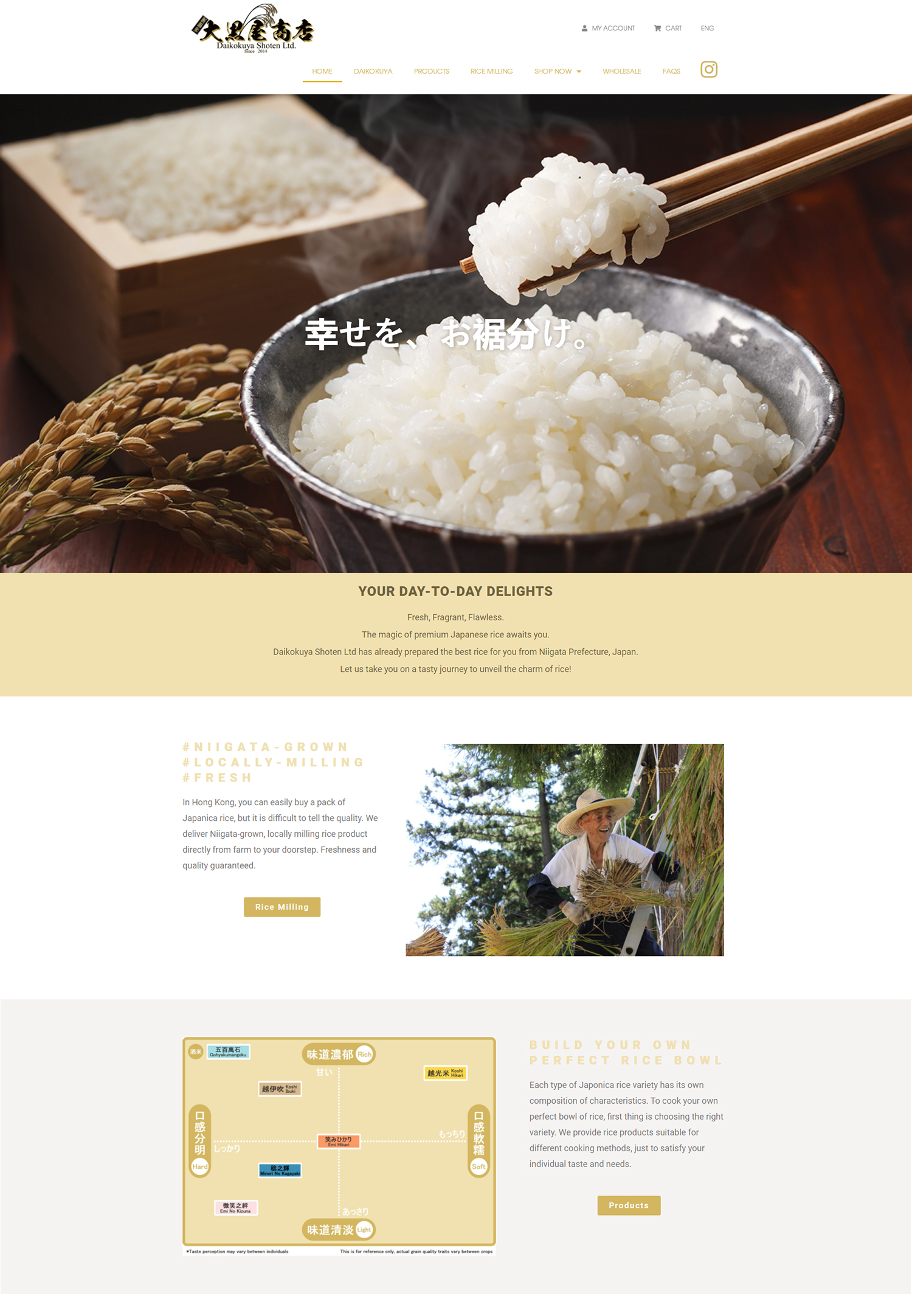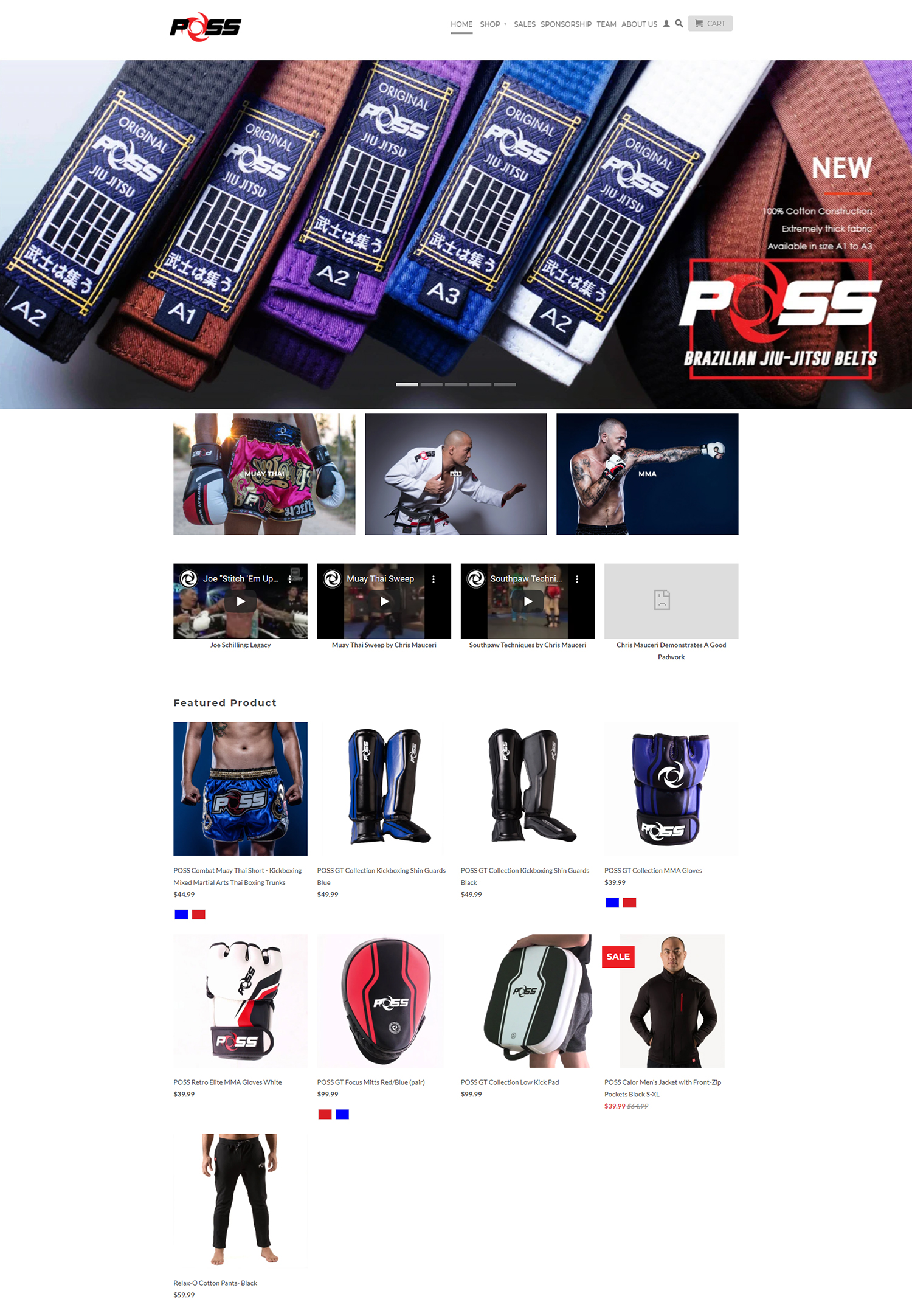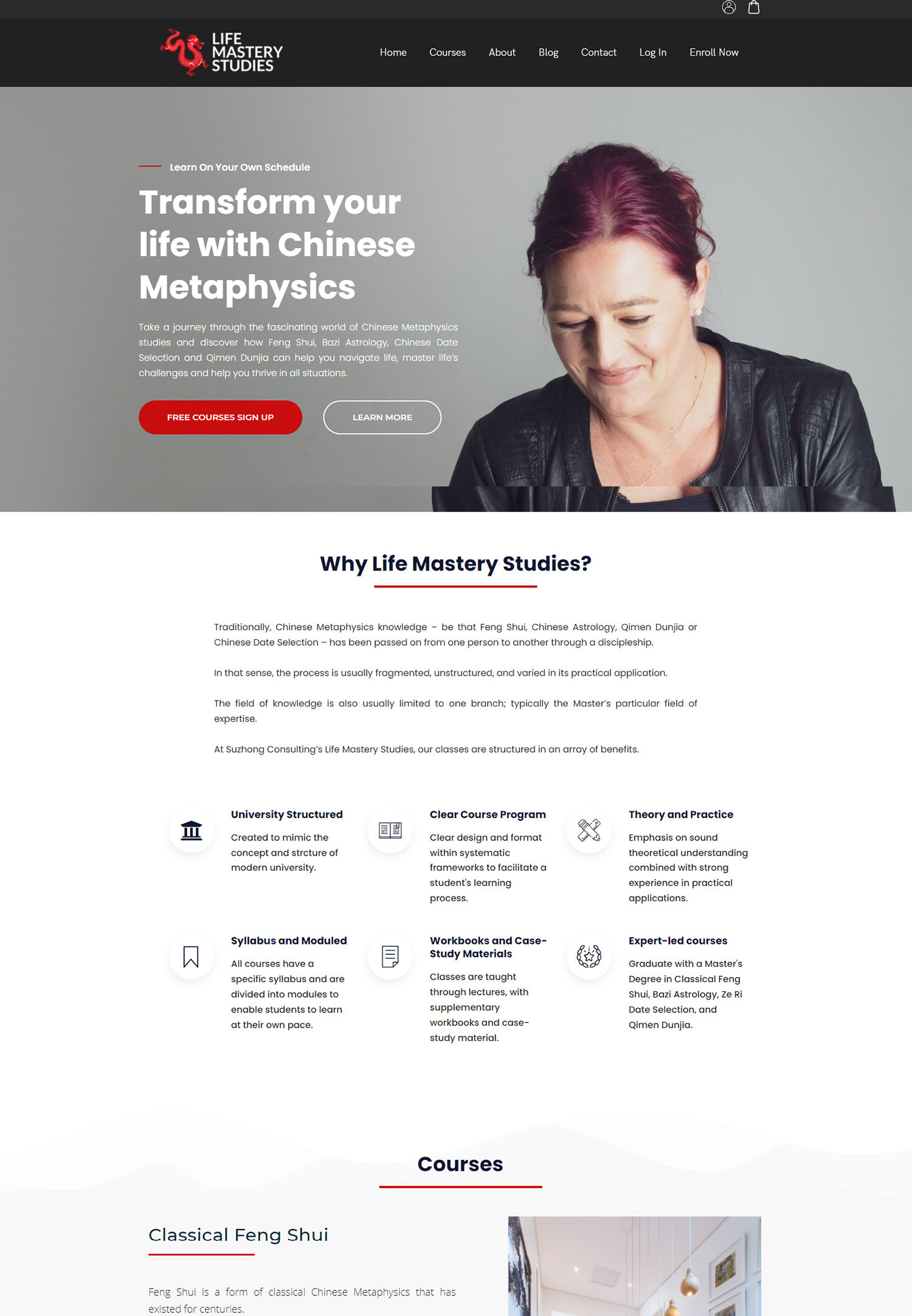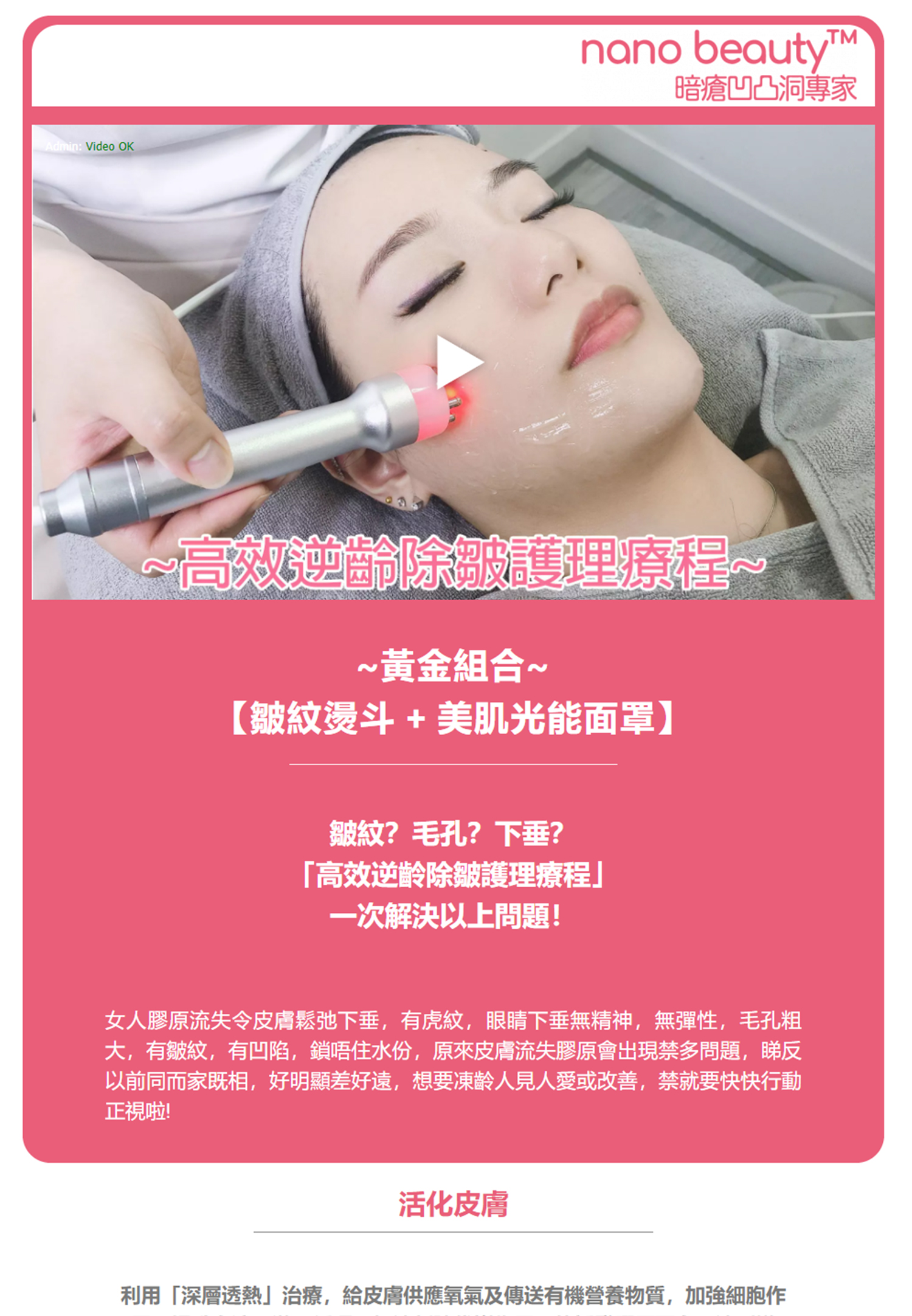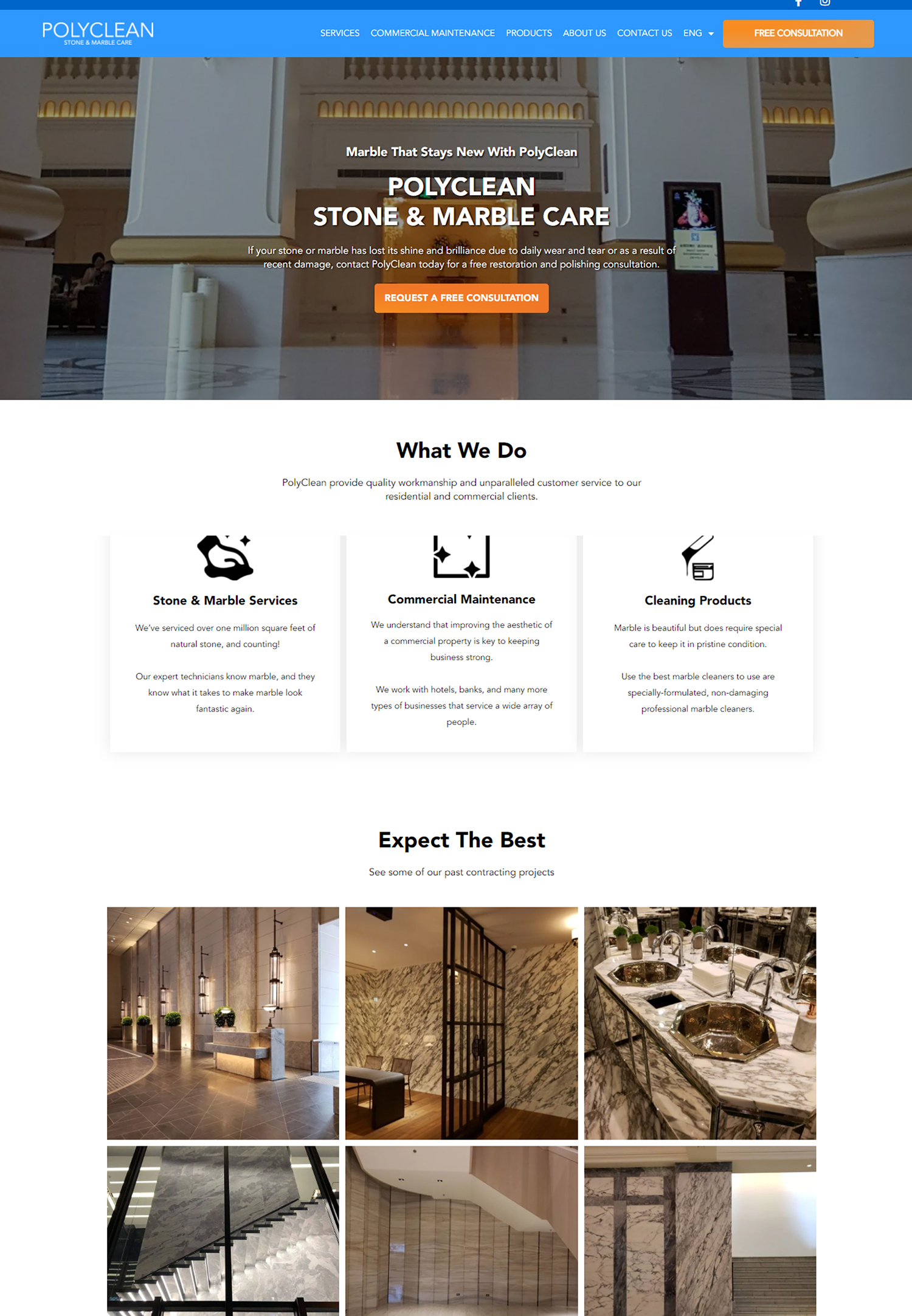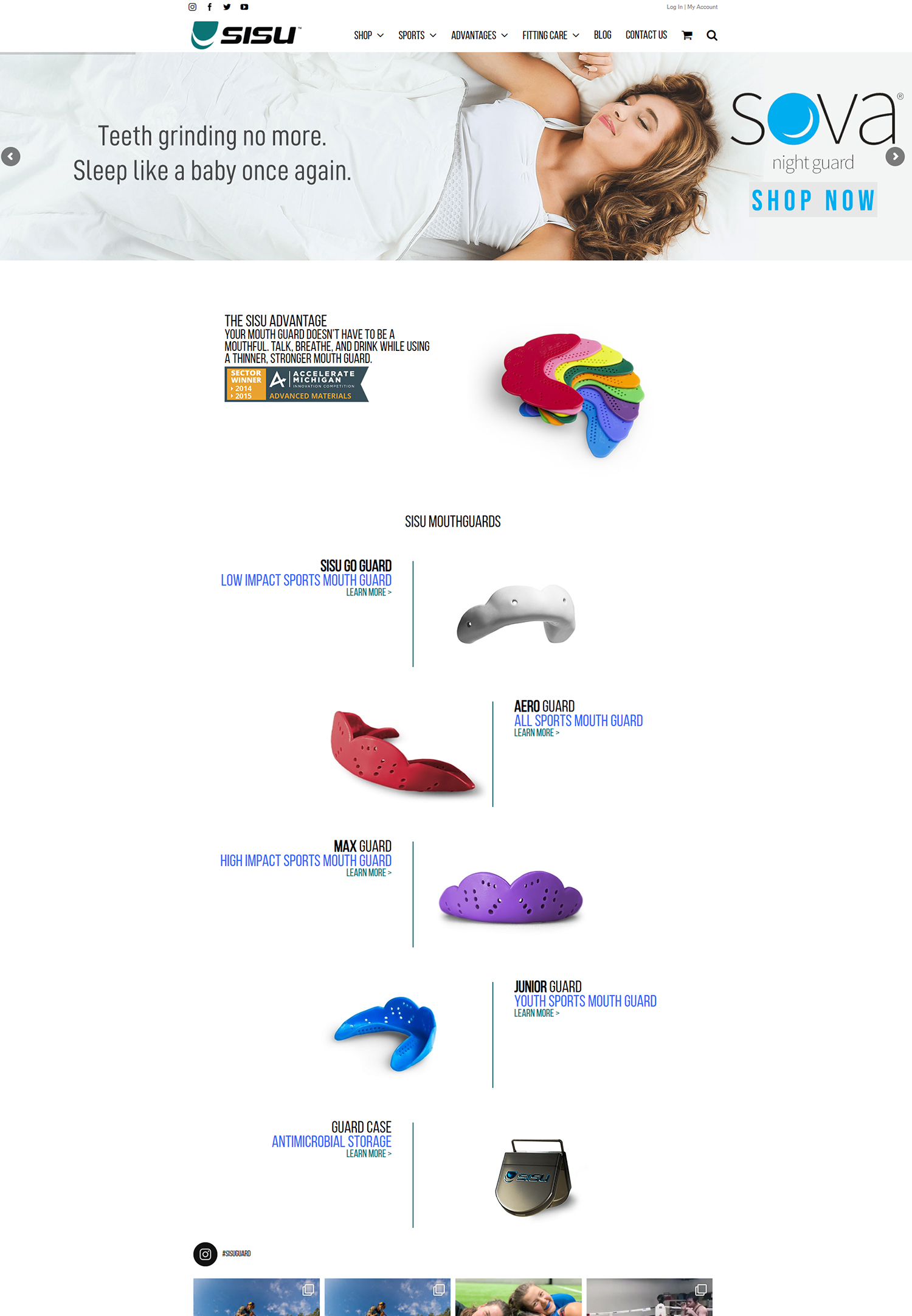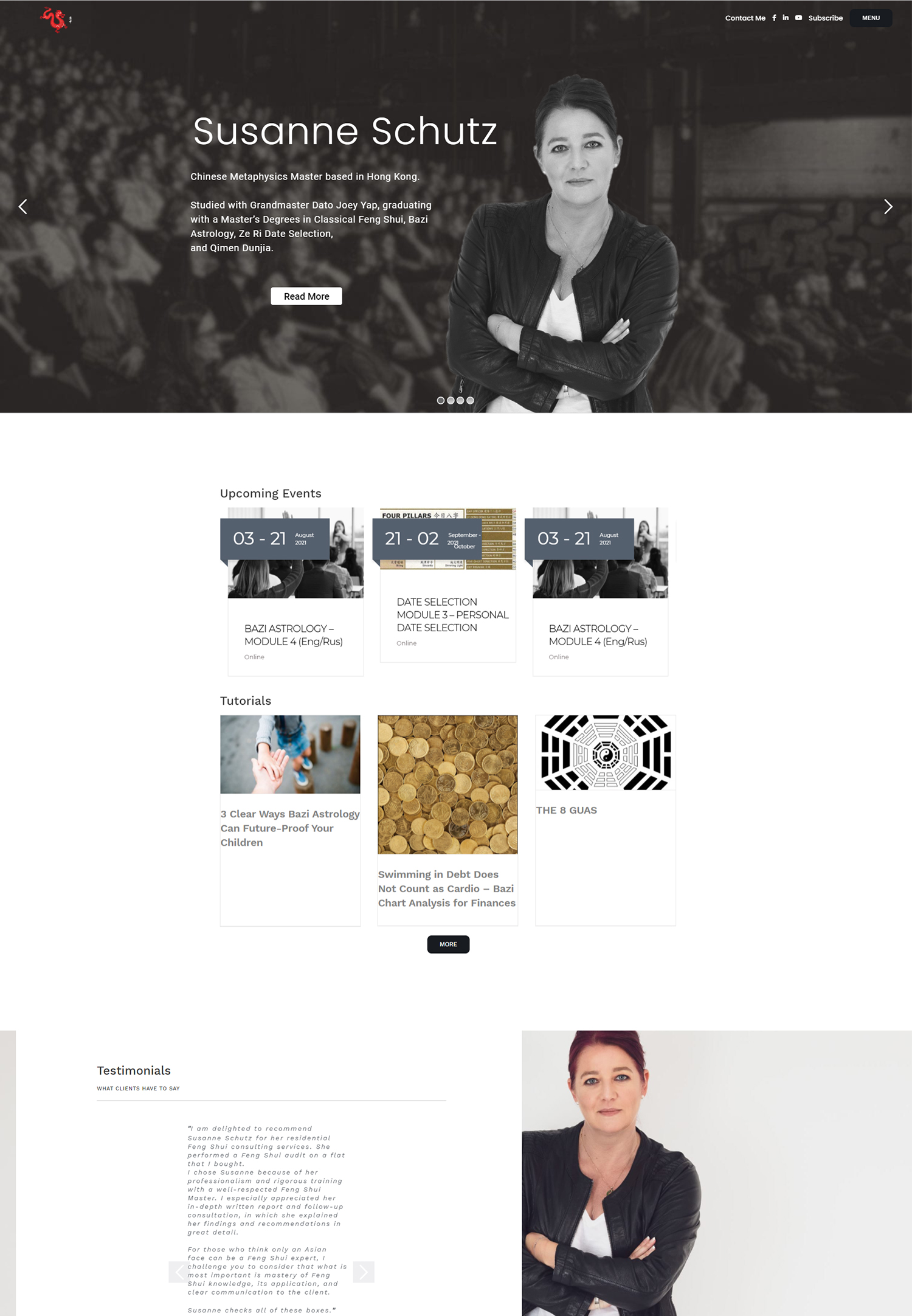Writing Convincing Ad Copies for Google Ads The foundation of successful advertising, especially with Google Ads, is determining the target audience. Advertisers can craft messages that resonate by having a thorough understanding of the audience’s demographics, interests, behaviors, & pain points. The target market for a company selling eco-friendly cleaning products, for example, might consist of people with allergies, parents searching for safe products for their kids, or environmentally conscious consumers. Targeted ad copy can address the particular needs and issues of each of these market segments.
Key Takeaways
- Understanding the audience is crucial for writing persuasive ad copies
- Crafting concise and relevant headlines can significantly impact ad success
- Highlighting the unique selling proposition can differentiate the ad from competitors
- Using persuasive language and compelling calls to action can motivate viewers
- Incorporating social proof can build credibility and trust
Also, knowing the audience entails exploring their motivations & difficulties in addition to their demographics. For example, a fitness brand may discover that its target audience is not only looking for exercise equipment but also for a sense of support and community in their fitness journey. What issues are they attempting to address? What are their goals?
In order to increase clicks and conversions, advertisers can craft a more captivating narrative by directly addressing these pain points in the ad copy, for example, by highlighting community involvement or providing answers to common fitness problems. A prospective buyer will frequently read the headline first—and occasionally the only—thing before choosing whether or not to interact with an advertisement. As a result, creating captivating headlines is crucial.
A good headline should be succinct but impactful, summarizing the offer and directly addressing the interests of the reader. For example, a more appealing headline might be “Run Faster with Our Lightweight Running Shoes—Shop Now!” rather than a generic one like “Buy Running Shoes.” This version not only emphasizes a particular advantage but also contains a call to action that promotes instant interaction. Adding keywords that are pertinent to the audience’s search intent can also improve relevance and visibility.
A headline like “Explore Europe on a Budget: Unbeatable Deals Await!” successfully blends urgency & a distinct value proposition, for instance, if it is intended for people looking for inexpensive travel options. In a crowded market, advertisers must take the time to create headlines that stand out by utilizing action-oriented language and emotional triggers, which can dramatically boost click-through rates. In a competitive market, effectively conveying the unique selling proposition (USP) is essential to setting an advertisement apart from the competition.
A product or service’s USP should explain what makes it unique and why prospective buyers should pick it over competing offerings. If a software company sells a project management tool that easily connects with well-known programs like Google Drive and Slack, for instance, the ad copy should highlight this integration as a major advantage. In addition to highlighting a special feature, a statement such as “Streamline Your Workflow: Our Tool Integrates with Your Favorite Apps!” also tackles a common problem: disparate tools that result in inefficiency. Also, emphasizing particular advantages can increase the USP’s allure.
Rather than just declaring that a product is “the best,” marketers ought to give specific instances of how it enhances consumers’ lives. For example, a USP for an online learning platform might read, “Learn at Your Own Pace with 500+ Courses Taught by Industry Experts.”. This strategy not only sets the platform apart, but it also directly addresses the audience’s need for flexibility and high-quality instruction. Persuading prospective buyers to act is largely dependent on the language used in advertising copy. Using words & phrases that stir feelings & convey a sense of urgency or necessity is part of using persuasive language.
Phrases such as “limited time offer,” “exclusive deal,” or “don’t miss out” can cause people to act hastily by causing them to experience FOMO. “Grab Your Summer Essentials at 30 percent Off—Only Until Sunday!” is an example of a seasonal sale advertisement that not only conveys urgency but also offers a clear incentive for quick action. Compelling calls to action (CTAs) are crucial for directing users toward the intended result in addition to urgency. Clear and straightforward CTAs, like “Shop Now,” “Sign Up Today,” or “Get Your Free Trial,” are ideal. In addition to instructing users on what to do, these phrases also highlight the advantages of doing so. For instance, an advertisement for a subscription service might read, “Join Today for Exclusive Access to Premium Content!” This strategy not only promotes sign-ups but also emphasizes the benefits of membership.
Social proof is a potent psychological phenomenon in which people base their own behavior on the attitudes & behaviors of others. Adding social proof components to advertisements, like endorsements, reviews, or testimonies, can greatly increase their legitimacy and dependability. An advertisement for a skincare product might, for example, include a quote from a happy customer: “I’ve never felt more confident in my skin! This cream changed my life!” These kinds of endorsements give prospective buyers relatable experiences that may sway their choices. Also, displaying ratings or honors can help to increase the legitimacy of an advertisement. “Rated 4.8/5 by 10,000 Customers” or “Awarded Best New Product 2023” are examples of phrases that an online retailer may use in their advertising copy. These components reassure prospective buyers that they are making the right decision by acting as recommendations from prior users or industry professionals.
Effective use of social proof by marketers can foster a trusting environment that motivates users to interact with their ads. Ad extensions are extra details that can be included in Google Ads to give users more options and context without overcrowding the main ad copy. By providing potential customers with additional incentives to interact with the advertisement, the effective use of ad extensions can increase visibility and click-through rates. Sitelinks, for instance, let marketers point visitors to particular sections of their website, like product categories or special deals. An online bookstore advertisement may feature sitelinks for “New Arrivals,” “Best Sellers,” and “Discounted Books,” providing users with several options for exploration.
Callouts are yet another kind of ad extension that can concisely highlight special qualities or advantages. You can use phrases like “Free Shipping on Orders Over $50” or “24/7 Customer Support” as callouts to highlight important features without overpowering the main message. Also, structured snippets can offer more context about the goods or services being offered, like a list of the brands or service categories that are offered.
Advertisers may produce richer ads that target user interests & boost click-through rates by making the most of ad extensions. Since the world of digital advertising is dynamic and always changing, ongoing testing & optimization are crucial to enhancing ad performance over time. Advertisers can find out which aspects of their ads most appeal to their target audience by A/B testing various ad copy versions. To find out what motivates engagement and conversions, for example, test different headlines, calls to action, or even USPs.
Advertisers can adjust their tactics based on this information if one version of an advertisement performs noticeably better than another in terms of click-through or conversion rates. Also, it is essential for continuous optimization efforts to analyze performance metrics. Ad performance in relation to its objectives can be determined by metrics like cost per acquisition (CPA), conversion rates, & click-through rates (CTR). In order to spot trends and make informed decisions about upcoming campaigns, advertisers should examine these metrics on a regular basis.
An advertisement aimed at young professionals, for instance, that exhibits high engagement but low conversions may suggest that, although the message is compelling to the audience, there are obstacles in the buying process that should be addressed. Ad approval and ensuring that ads reach the target audience depend on adherence to Google’s advertising policies, which cannot be broken. To prevent their ads from being rejected or suspended, advertisers must abide by Google’s rules about acceptable content, prohibited practices, & user experience standards. Ads cannot promote dangerous products or provide false information, for example; noncompliance can lead to fines that reduce the efficacy of campaigns. Also, in order to maximize visibility and engagement, it is imperative to comprehend Google’s policies regarding ad formats and extensions.
Advertisers should become knowledgeable about the rules pertaining to the character limits for headlines & descriptions, as well as the most efficient ways to use ad extensions. Advertisers can increase their chances of successfully reaching their target audience and upholding a positive reputation within the Google Ads ecosystem by making sure that these policies are followed while creating compelling ad copy. In summary, creating persuasive ad copy for Google Ads necessitates a multipronged strategy that includes audience analysis, headline creation, highlighting USPs, persuasive language use, social proof integration, ad extensions, strategy testing & optimization, and adherence to Google’s guidelines. Every component is essential to producing ads that effectively draw in viewers and encourage conversions and meaningful engagement.
If you are looking to enhance your website with engaging content, you may want to consider incorporating videos. According to a recent article on Populis Digital, using video on your website can help increase user engagement and improve conversion rates. By creating compelling video content, you can effectively communicate your message and persuade visitors to take action. So, in addition to writing persuasive ad copies for Google Ads, consider leveraging the power of video to further enhance your online presence.


